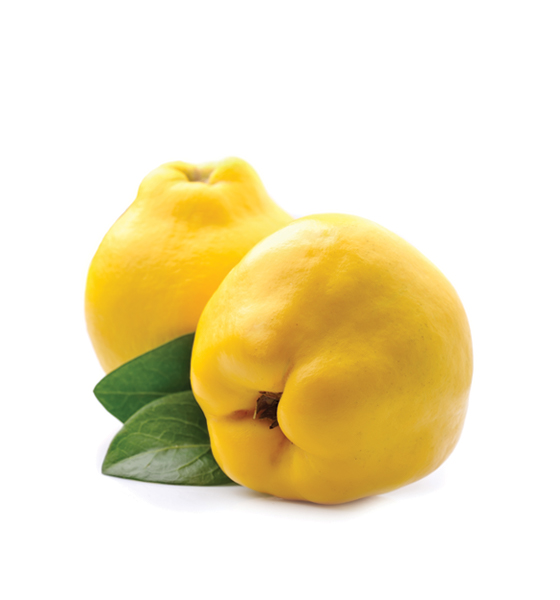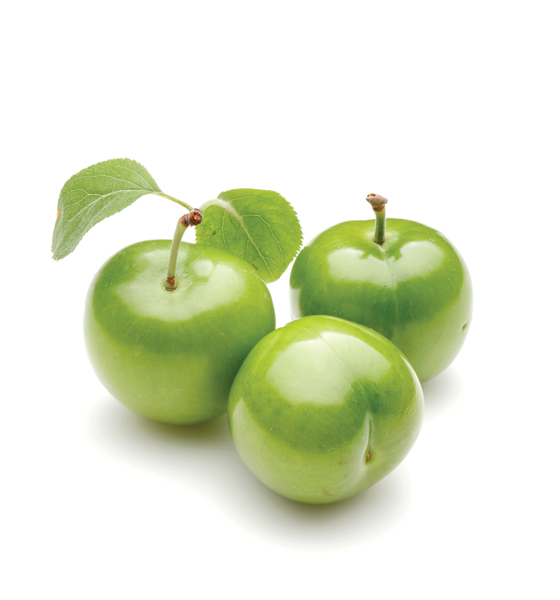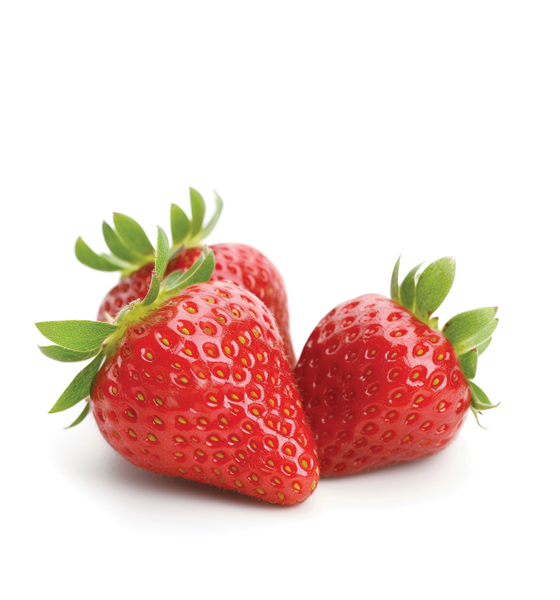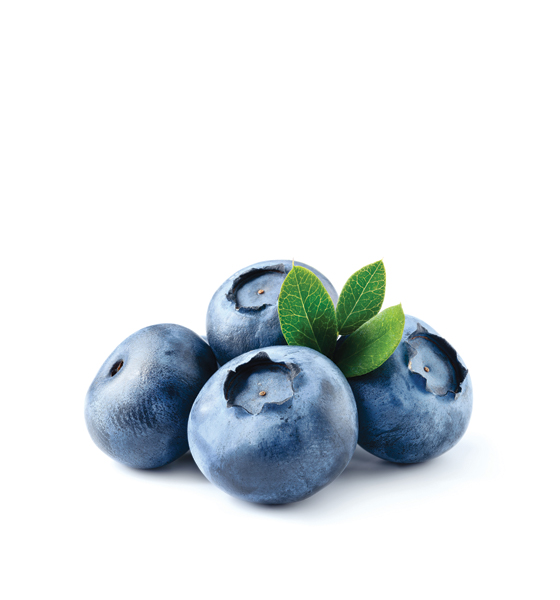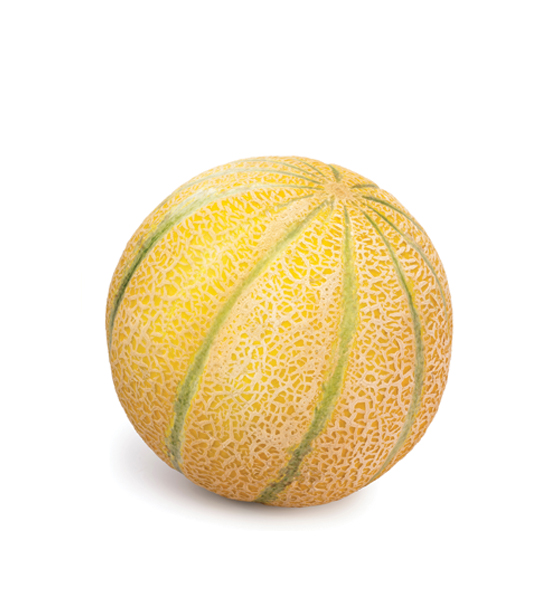QUINCE
Nutritional Content per 100 grams of Quince: Approximately 97.50 calories, 18.30 grams of carbohydrates, 1 gram of protein, and 1.25 grams of fat. Quince also contains 14.75 grams of fiber, 5 mg of sodium, 500 mg of potassium, 25 mg of calcium, 15 IU of vitamin A, 32.50 mg of vitamin C, and 1.50 mg of iron.
SPECIFICATIONS
Country: TURKEY
Size/Weight: Over 200 grams
Packaging Weight: 03 | 05
Description
BENEFITS
In the region where it is cultivated, quince is used for medicinal purposes in the community. The leaves of the plant are used in complementary medicine for conditions such as cough, diarrhea, asthma, kidney stones, hypertension, headache, abdominal pain, and the common cold. Quince leaves are used as a cough suppressant, for flu and cold relief, and as a bronchial sedative. Quince fruits strengthen and relax the heart, alleviate heart palpitations, and bad breath. They also reduce fever and stop diarrhea, aid digestion, strengthen the stomach and intestines, and relieve inflammation of the small intestine. Quince contributes to overall body development. It is beneficial for vascular hardening, liver laziness, lowering blood pressure, and regulating bile. Quince leaf tea is known for relieving heart pain and has calming properties. Quince jam, made from its fruit, serves as a remedy for digestive system disorders and enhances sexual desire.
Quince is an important fruit species cultivated in various ecologies in our country, as well as globally. Turkey is a leading country in quince production worldwide. In recent years, there has been a significant increase in both the cultivation area and production volume of quince in our country, with Sakarya province having the most substantial share in this increase. Geyve quince, due to its juicy and firm fruit structure, balanced sugar and acid content, is highly preferred. In addition to fresh consumption, quince is used to make jams, jellies, marmalades, fruit juices, and herbal dyes.

